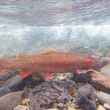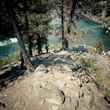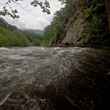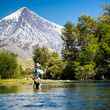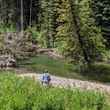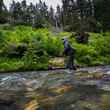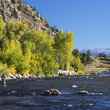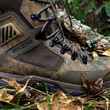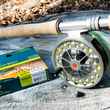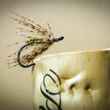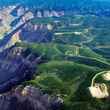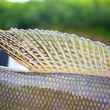I’ve never been a purist and will do just about anything to get a fish to eat, but there is something undeniably special about dry fly fishing. When the conditions are right on a river like the Delaware, I’d almost rather search for hours without a cast, waiting for a rise, than to pound the bottom where I might have better luck.
Review: ECHO Dry fly rod
by Cosmo Genova - Thursday, Jun 7th, 2018



